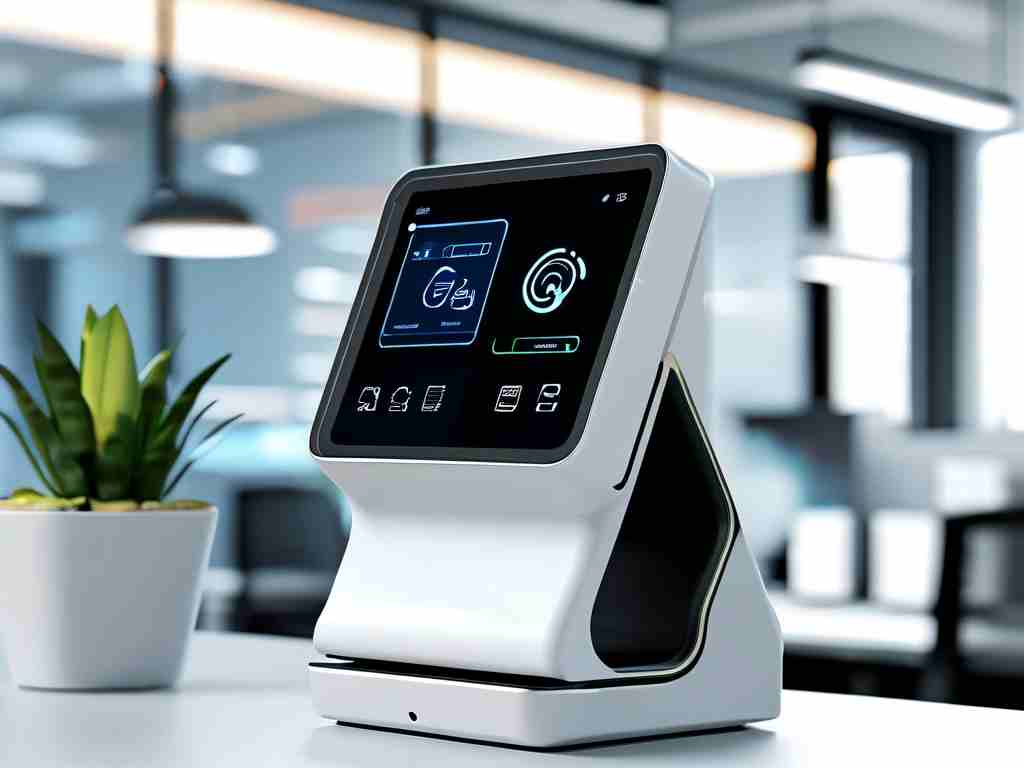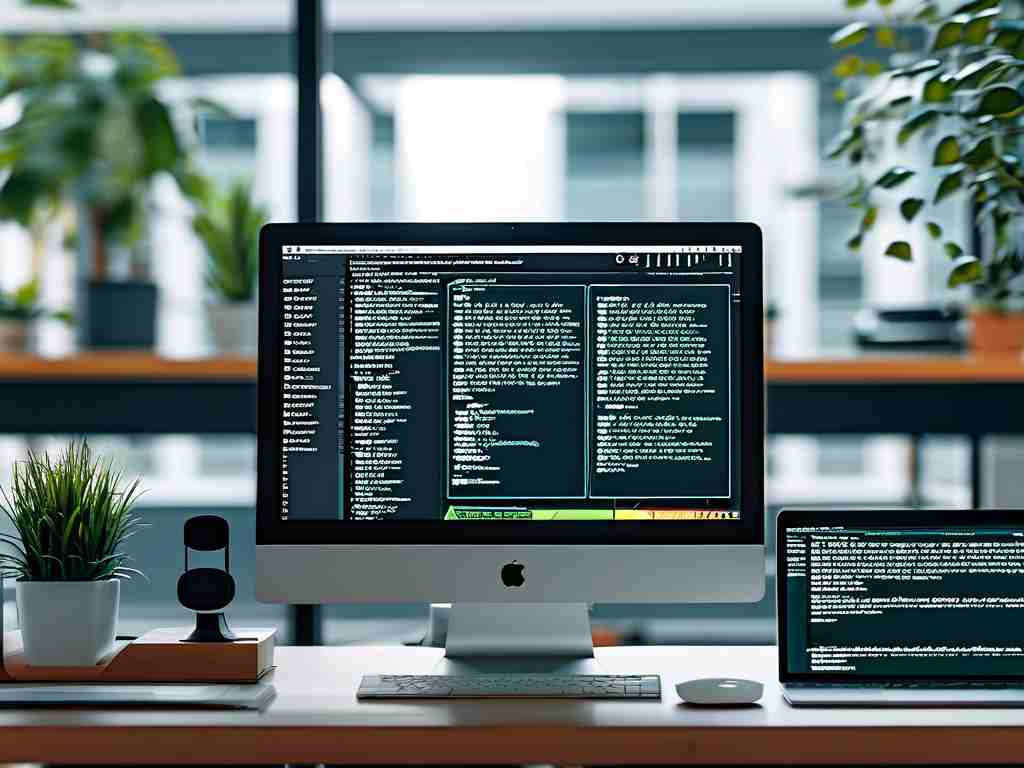In today’s fast-paced work environment, businesses increasingly rely on technology to streamline operations. One area gaining traction is the automation of employee clock-in systems. Automated deployment tools for time tracking not only reduce manual errors but also integrate seamlessly with existing workflows. This article explores popular solutions and their practical applications.

Understanding Automated Clock-In Deployment
Automated deployment in time tracking refers to software solutions that handle employee attendance logging without manual intervention. These tools often integrate with HR systems, biometric devices, or mobile apps to capture data in real time. By eliminating paper-based processes, companies save time and reduce administrative overhead. For example, a retail chain might deploy facial recognition terminals at store entrances to automatically record staff arrivals.
Key Features of Modern Solutions
Leading platforms prioritize scalability and customization. Features like geofencing ensure employees clock in only from authorized locations, while AI-powered analytics detect anomalies such as buddy punching. Cloud-based deployment allows centralized management across multiple branches. Tools like Hubstaff and TimeCamp offer API integrations, enabling businesses to sync clock-in data with payroll or project management systems.
Technical Implementation
Deploying these systems often involves containerization (e.g., Docker) and CI/CD pipelines for seamless updates. A typical setup might use Kubernetes to manage clusters of attendance terminals globally. Below is a simplified Jenkins pipeline example for deploying a clock-in microservice:
pipeline {
agent any
stages {
stage('Build') {
steps { sh 'mvn clean package' }
}
stage('Deploy to AWS') {
steps { sh 'aws ecs update-service --force-new-deployment' }
}
}
}
Challenges and Best Practices
While automation improves efficiency, challenges persist. Legacy systems may lack compatibility with modern APIs, requiring middleware development. Data privacy is another concern—GDPR-compliant tools like Clockify encrypt biometric data during transmission. Regular audits and multi-factor authentication mitigate security risks.
Case Study: Manufacturing Sector Adoption
A mid-sized automotive parts manufacturer reduced payroll processing time by 40% after deploying TSheets with geolocation tracking. The system auto-generated reports for overtime calculations and integrated with their ERP via RESTful APIs.
Future Trends
Emerging technologies like blockchain are being tested for immutable attendance records. Meanwhile, low-code platforms enable SMEs to build custom clock-in apps without extensive IT resources.
In , automated clock-in deployment tools are reshaping workforce management. By combining robust technical architectures with user-friendly interfaces, these solutions empower organizations to focus on strategic goals rather than administrative tasks.









